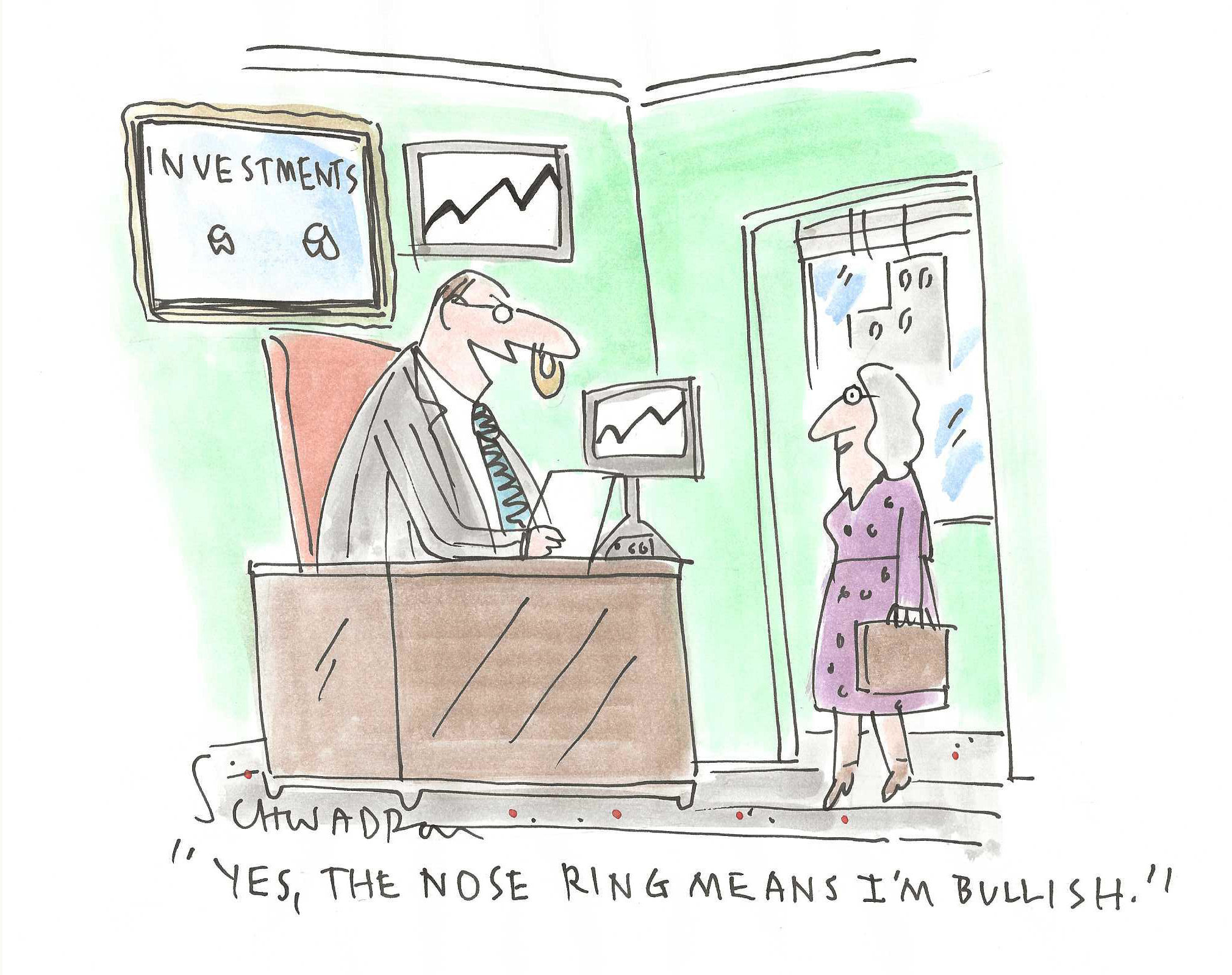From “The Office” to “Severance”: The evolution of the corporate workplace on TV
By Gerhard Apfelthaler
The corporate workplace has long been a source of inspiration for entertainment. From the comedic absurdity of The Office to the dystopian surrealism of Apple’s Severance, these shows capture different facets of American workplace culture.
They reflect both shifting attitudes and persistent truths about office life, and they are certainly getting some things right about today’s offices in corporate America.
When The Office premiered in 2005, it brought to life the relatively mundane setting of an underperforming paper company. Awkward humor, eccentric characters, and a relatable depiction of office politics.
At its core, the show resonated because of its familiarity — many viewers recognized elements of their own workplaces in Michael Scott, the overly eager middle manager and the largely disengaged employees counting down the hours to 5 p.m. and the days until Friday.
Almost anybody who had a job could find their own workplace reality reflected in one of the characters, and they could often relate to the unspoken camaraderie among workers who faced shared absurdities.
Fast forward to 2022, when Severance appeared and offered a starkly different portrayal of the workplace.
The show’s Orwellian setting of Lumon Industries is far less about humor and far more about control.
At Lumon, employees undergo a procedure to “sever” their work and personal lives, creating two separate consciousnesses.
Unlike The Office, where employees gripe about their daily grind but, at heart, still remain real people with their own identities, Severance depicts a workplace that is so consuming that it literally erases personal identity during work hours.
It is a good reflection of growing cultural anxiety about corporate overreach, work-life balance, and employee autonomy.
These are just TV shows, you might say, but there are things that they are getting right about today’s workplace culture. Although times have changed, the irreverent humor of The Office still resonates because it captures the reality of office life as we have known it in the past.
A dash of nostalgia might be involved, but the show still works as it portrays the workplace camaraderie we long for, the absurdities of corporate bureaucracy we experience, the awkward role of middle management we have seen, and the monotony of work we have endured.
Even in today’s era of hybrid work and digital collaboration tools, office environments still form their own ecosystems that people love and hate at the same time.
Severance takes the concept of workplace disillusionment to an extreme, but its themes hit close to home in an era when mistrust has led many employees to disengage.
Not all corporate cultures are as chilling as the one portrayed in Severance, but it is not uncommon for companies to track employee productivity through keystroke monitoring, webcam tracking, or other invasive technologies.
Combine that with the asymmetrical demand of ultimate loyalty that companies demand from their employees while seeing them as an entirely expendable resource when circumstances call for it.
Severance clearly taps into growing concerns that workers are losing control over their own time and identities, blurring the lines between professional and personal life in unsettling ways.
Both The Office and Severance highlight the sometimes soul-crushing aspects of modern work.
Employees often question the significance of their jobs, engaging in meaningless activities dictated by corporate policies.
In Severance, this concept is taken to the extreme when employees perform tasks but literally don’t know why they do what they do or what their company actually produces.
Unfortunately, fiction is not too far from reality with its frustrations about the purpose of work in a world where automation, bureaucracy, and corporate jargon often make employees feel disconnected from their labor.
Only a few weeks ago, the latest Gallup report on employee engagement was released, and it showed that we have reached a 10-year low. According to the study, only 31% of employees feel connected to their work, and 17% are actively disengaged.
The shift from the lighthearted satire of The Office to the existential dread of Severance mirrors might have spawned in the minds of Hollywood writers, but they also reflect those changing attitudes toward work in America.
Gerhard Apfelthaler is a professor and dean at the School of Management at California Lutheran University.









